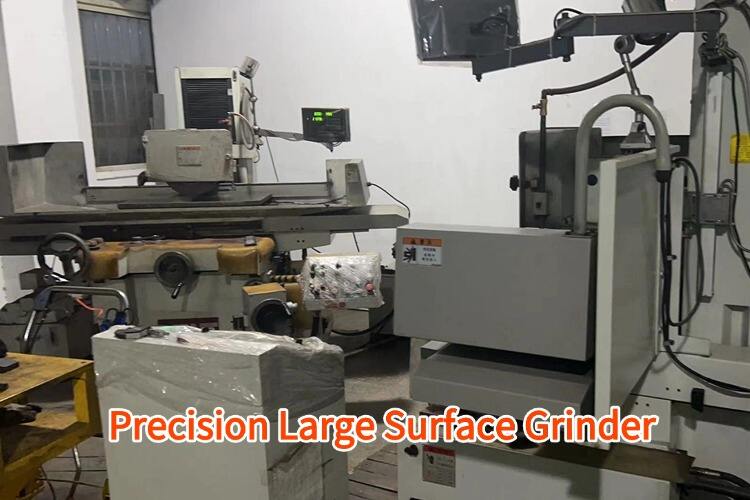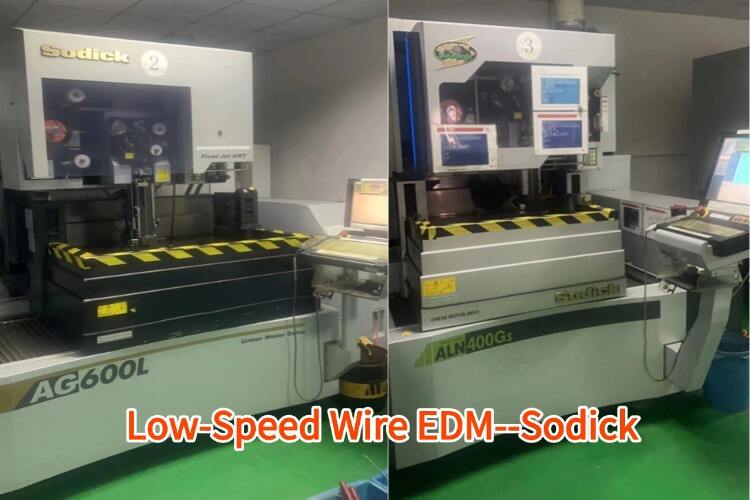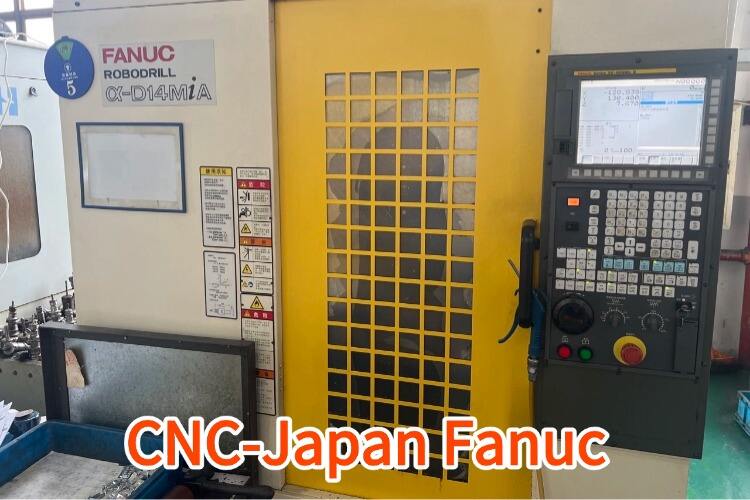what is cnc machine
A CNC (Computer Numerical Control) machine is a sophisticated manufacturing tool that automates the control of machining tools through computer programming. These machines transform raw materials into finished parts by following precise digital instructions. At its core, a CNC machine integrates computer technology with mechanical engineering, using specialized software to control the movement and operation of various cutting tools. The machine operates on three primary axes - X, Y, and Z - allowing for three-dimensional movement and precise cutting capabilities. Modern CNC machines can perform multiple operations including milling, turning, drilling, and grinding, all within a single setup. The system works by translating design files (typically CAD drawings) into a series of computer-coded instructions that direct the machine's movements. These instructions control various parameters such as tool position, speed, feed rate, and cutting depth. Advanced CNC machines often feature automatic tool changers, coolant systems, and real-time monitoring capabilities. They can achieve accuracy levels down to micrometers, making them essential in industries requiring high-precision components, such as aerospace, automotive manufacturing, and medical device production. The technology has revolutionized manufacturing by enabling consistent production of complex parts with minimal human intervention, significantly reducing production time and human error.


